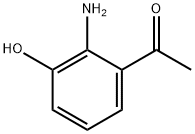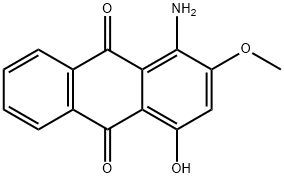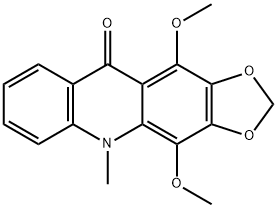PRODUCT Properties
| Melting point: | 182°C |
| Boiling point: | 273.17°C (rough estimate) |
| Density | 1.2023 (rough estimate) |
| refractive index | 1.5810 (estimate) |
| storage temp. | Keep in dark place,Inert atmosphere,Room temperature |
| solubility | DMF: 2 mg/ml; DMSO: 1 mg/ml; Ethanol: Slightly soluble; PBS (pH 7.2): 0.25 mg/ml |
| form | powder to crystal |
| pka | 8.94±0.10(Predicted) |
| color | Light yellow to Amber to Dark green |
| InChI | InChI=1S/C8H9NO2/c1-5(10)6-3-2-4-7(11)8(6)9/h2-4,11H,9H2,1H3 |
| InChIKey | DIIASMSSGMRMQF-UHFFFAOYSA-N |
| SMILES | C(=O)(C1=CC=CC(O)=C1N)C |
| CAS DataBase Reference | 4502-10-7(CAS DataBase Reference) |
Description and Uses
1-(2-Amino-3-hydroxyphenyl)ethanone is the kynuridine metabolite, which could be extracted from rat liver mitochondrium. 1-(2-Amino-3-hydroxyphenyl)ethanone is associated with tryptophan metabolism disturbances, and can be used in bladder cancer, leukemia and anemia researches[1].
Safety
| Symbol(GHS) |  GHS07 |
| Signal word | Warning |
| Hazard statements | H302+H312+H332 |
| Precautionary statements | P261-P264-P270-P271-P280-P301+P312+P330-P302+P352+P312+P362+P364-P304+P340+P312-P501 |
| Risk Statements | 36/37/38-52 |
| Safety Statements | 26-36/37/39 |
| RTECS | AM5950000 |
| HS Code | 2922.50.4000 |





